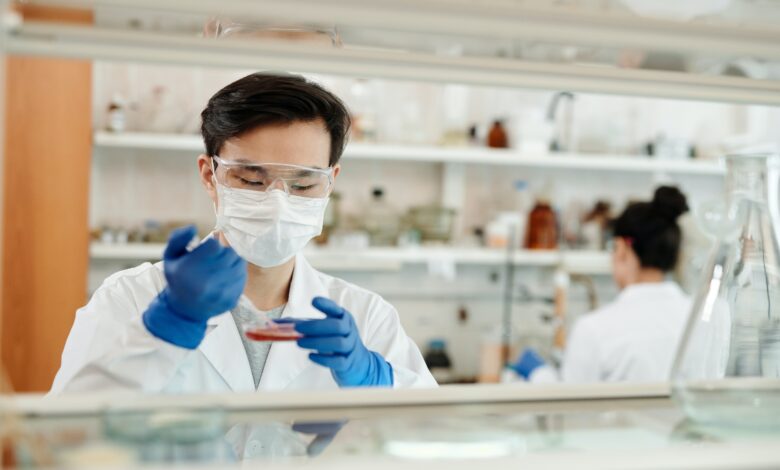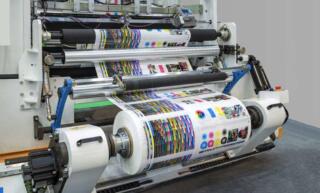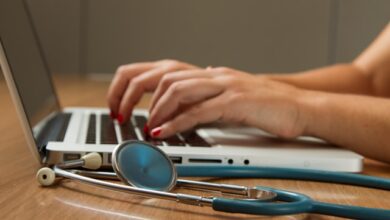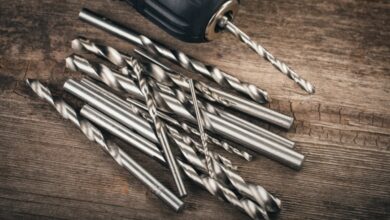
5 Ways To Create A Safe Laboratory
A safe laboratory with good lab practices is integral to conducting research safely. Unfortunately, many researchers fail to take the measures necessary to create a safe environment. One survey found that 27% of researchers don’t conduct risk assessments before proceeding with work. A safe laboratory does more than protect your researchers’ well-being; it ensures the integrity of research and experiments. The fewer hazards researchers have to deal with, the more they can focus on delivering accurate results. Here are five ways to create a safe laboratory space.
Keep food and drinks out of the lab
Consuming food in the lab is an absolute no-no. First, open food will easily increase exposure to toxic particles in the air that may settle on the food while you eat. Also, accidents can happen when food and drinks are too close to experiments and lab setups. They can easily spill, create a mess, and increase the risk of contaminating your experiments. If that’s not bad enough, foods with strong odors can attract insects and other pets to the laboratory. But that’s not all. Eating or drinking while researching or experimenting will hamper your focus and affect your concentration. They create a distraction that can lead to spills or more serious lab accidents.
Conduct emergency evacuation training
High-risk lab environments need regular training programs on what to do in an emergency. When panic sets in, people lose their sense of reasoning and judgment in the height of desperation. To prevent this, conduct regular emergency evacuation drills. For example, everyone should know what to do in case of a fire or a high-risk toxic leak to prevent or limit casualties.
Ensure correct and efficient chemical ventilation
The health of your researchers and lab team hinges on adequate lab ventilation. You must ensure that all potentially hazardous chemicals and fumes do not remain stagnant in the lab space. The lab’s design should have an exit route for such chemicals while bringing in sufficient ventilation to keep the atmosphere and indoor air clean and safe. Doing this is important even if lab workers wear masks. While you need to keep the lab’s indoor air safe, you also want to ensure that people outside the lab are protected from fumes and chemicals coming from the lab. Installing a ductless fume hood is one of the best ways to eliminate hazardous fumes in the lab.
Make clear instructions readily available
Most laboratories house different types of equipment and chemicals. That’s why every laboratory part should have clear and quick access to important safety instructions. Generic safety guidelines may not be good enough, especially in labs with various types of chemicals and apparatus. That could make it difficult for readers to access important and specific safety instructions on time. Also, each safety guideline should be close to the reader in the relevant area and must be in bold and clear letters.
Conduct lab safety audits
Different labs face various forms of safety issues. Regular safety audits of your physical environment can help identify safety hazards specific to your lab. You can address those health risks instead of rolling out generic safety protocols.



